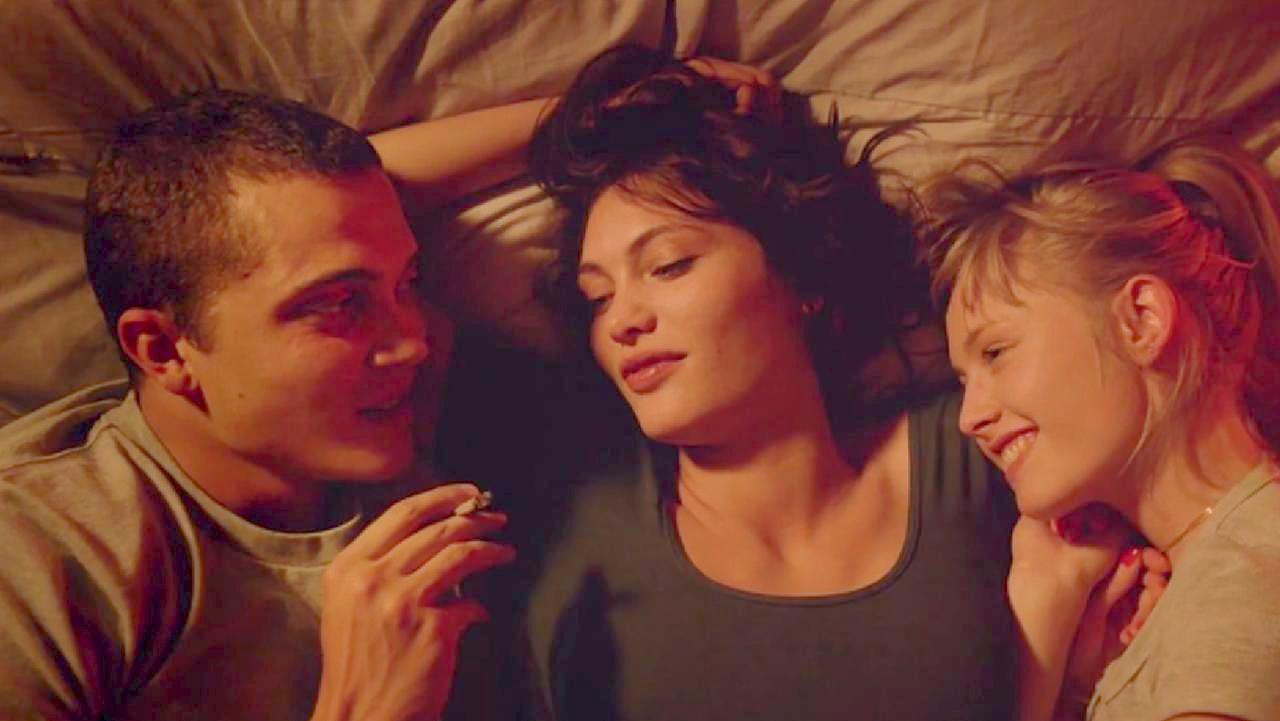
To spare the reader some time, this intro will be kept short as this is very familiar territory for many. Whether they are films that are either too harshly talked about, or not even talked about at all, here they are: 10 more films audiences and readers should consider looking into. And for the ones that people usually aren’t fond of…perhaps another look – just one more – is in order.
10. James White (2015, dir. Josh Mond)
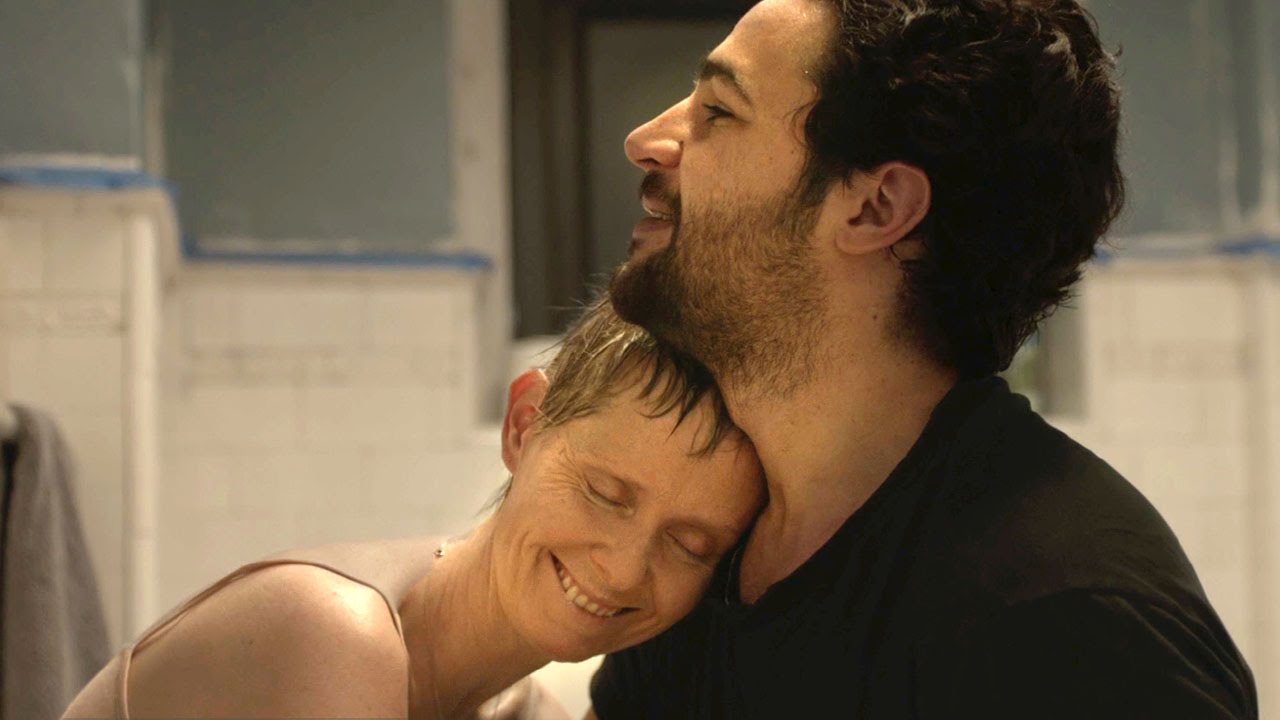
There are a lucky few in this world who wake up one day and feel like “growing up”, as society puts it: to put all of their vices and hobbies away while they pursue the priorities of adulthood. Many, many others aren’t as fortunate, as they are commonly forcefully shoved into a corner by the unfortunate circumstances of life itself, therefore must either grow up or succumb to life’s mercilessness. Though not a perfect film, James White possesses one of the strongest lead male performances in the entire 21st century.
The titular character (Christopher Abbott) is a young man in his mid-to-late 20s, directionless, still living with his mother (Cynthia Nixon). He takes a trip to Mexico to help refresh himself – he promises that he will be ready for life’s challenges when he gets back – only to rush back home not long after arrival: he is notified that his mother’s cancer has returned. With his father long-gone and nobody else to lean on, the well-being of his mother weighs entirely on James’ shoulders.
Before proceeding, it is worth noting that the majority of the films discussed on this list all mention the exceptional performances in their respective films. With the elephant in the room now indicated, James White’s power begins and ends with one of life’s most terrifying inevitabilities: the loss of one’s mother. This painful fact is not so much depicted as much as lived by Christopher Abbott and Cynthia Nixon, and truly shameful upon the Oscars to not give either of them any recognition.
Though the surrounding moments with James, his best friend, and his girlfriend are fairly forgettable, any and every scene involving Abbott and Nixon practically make up for any weaknesses the film might otherwise have. James White is one hell of a tear-jerker, but if viewers are ready and able to take this film on, keep a box of tissues ready.
9. Keane (2004, dir. Lodge Kerrigan)
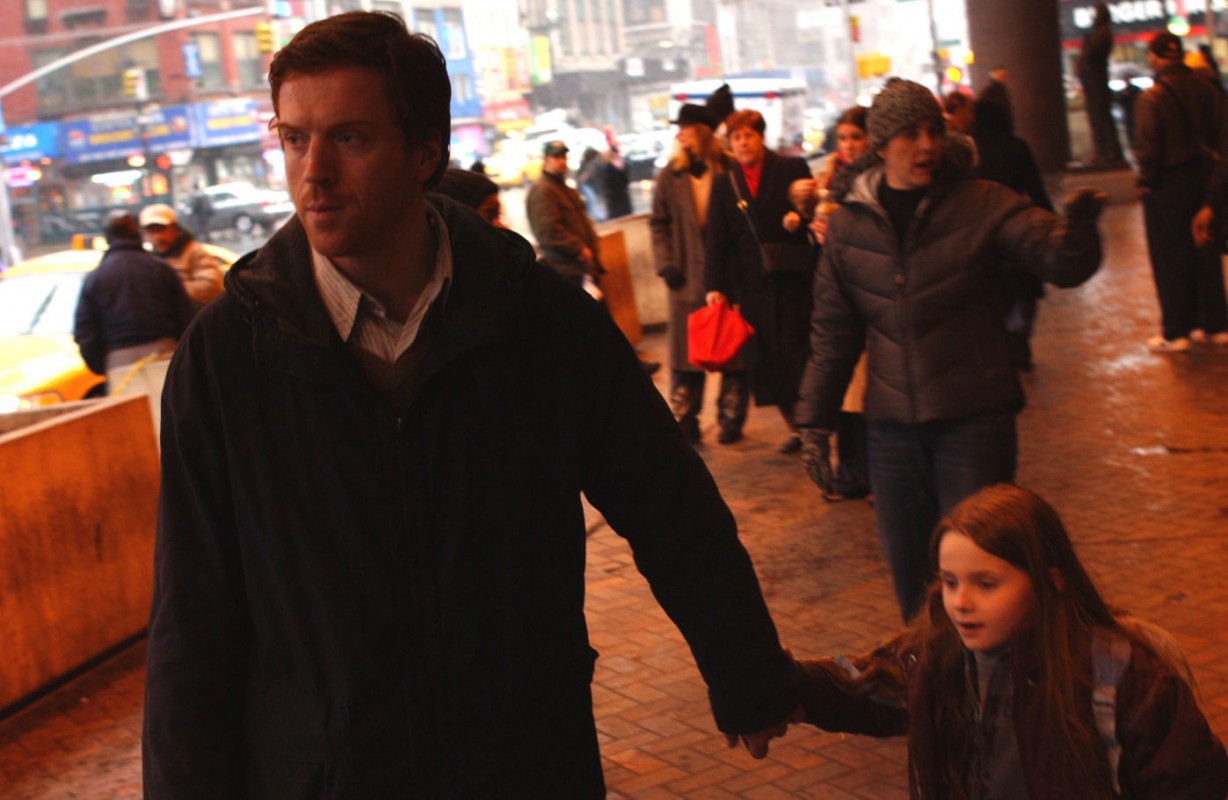
In spite of a filmography consisting of only four features (his latest practically unavailable anywhere), Lodge Kerrigan has proven to possess an insight into mental illness like no other filmmaker has ever presented. His debut, Clean, Shaven (another shamefully underrated gem), is a frightening descent into the mind of a schizophrenic and his search for his daughter. The same premise was the subject matter for his third effort, Keane.
Damian Lewis is the titular character, who is relentless and desperate in his search for his daughter, who went missing at the Port Authority Bus Terminal. When he is not searching, he at war with his serious schizophrenia. He crosses paths with Lynn (Amy Ryan), a single mother and her daughter Kira (Abigail Breslin), who are both down on their luck.
Keane offers sincere assistance and friendship to them, which, though initially hesitant, they warmly welcome. Lynn begins to entrust Kira to Keane, who proves to be a formidable father figure to her. Though heartfelt, the film also builds tightrope tension with Keane’s condition potentially endangering Kira’s wellbeing.
While Clean, Shaven was driven by disorienting and unique stylization, Keane takes a more realistic approach, following Keane and his interactions with society, filmed hand-held as if it were a documentary. Not a new approach, as many films from this period utilized hand-held. Keane will be about his business when the camera slightly tightens focus on him. Perhaps he will casually pace back and forth, then the pace becomes frantic, resulting in loss of control, confused screaming, and making an overall scene.
Scenes like this perpetuate throughout, and through this Lodge Kerrigan still manages to capture the internal struggle of schizophrenia without the stylization of Clean, Shaven, all of which builds up to one of the most tense and overlooked climaxes in cinema. Paired with a fearless performance from Damian Lewis, Keane is not to be missed.
8. Zero Day (2003, dir. Ben Coccio)
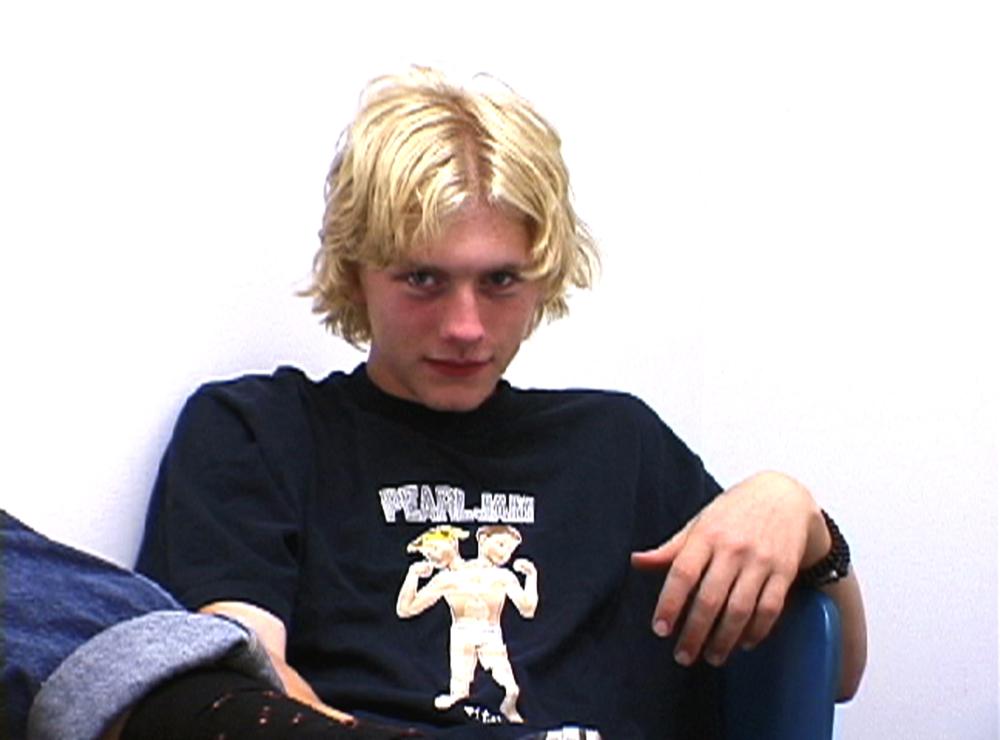
Originally slated for release in 2001 but pushed back to 2003, Zero Day gave audiences not only two exceptionally promising – albeit underutilized – lead performances and perhaps the most unique use of the found footage style, but perhaps the best cinematic response to the 1999 tragedy at Columbine High School.
Directly influenced from the notorious ‘Basement Tapes’ of the Columbine killers, Andre and Cal (Andre Keuck and Cal Robertson, respectively) document their lives leading up to their ‘Big-Ass Mission’ – dubbed Zero Day – by way of digital home video. Their plans? Though unspoken of initially, it is gradually revealed that they are planning an attack on their high school. Throughout, the camera shows them stealing guns, making pipe bombs, detailing their plan of attack. Intercut between these moments, however, is also their average daily lives with family and friends.
When interacting with society, there is never the slightest hint that these two children will participate in cold-blooded murder. In fact, they seem like pretty normal teenagers for the most part. Yes, there is some angst within them, but nothing particularly out of the ordinary.
When planning their attack, there is no boiling anger exploding out of them – their approach is very matter-of-fact. The viewer is never given any reason as to why they are doing what they are doing, and this is the key to the film’s greatness: like the real-life massacre, there are many miniscule elements of their being that can only be scrutinized, but will never provide a full answer to their actions.
But the film’s poignancy would not be nearly as effective if it weren’t for the wonderful performances from Zero Day’s leads. Their characters don’t come off too seriously about their plans at first, as if it’s just a morbid joke. As the film progresses, so does their realization that there is no turning back and they must go through (depressingly expressed in a scene where they burn all of their worldly possessions). Perhaps this kind of subject matter will always shroud a film into obscurity, but this is an experience worth confrontation.
7. Clean (2004, dir. Olivier Assayas)
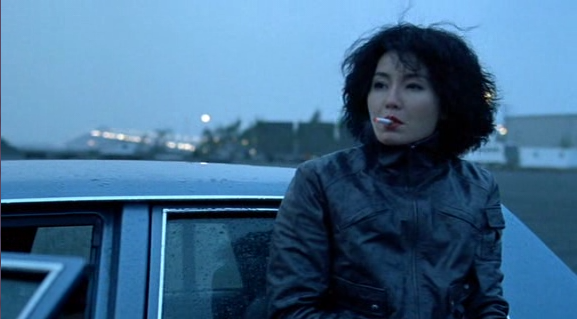
Before making waves in cinematic water with the recent successes Clouds of Sils Maria and Personal Shopper, Oliver Assayas had been making splashes here and there with films like Irma Vep, Summer Hours, and Clean, the latter of which proves to be one of his best works, as well a strikingly moving portrait of drug addiction and, more importantly, moving on from past mistakes.
Emily (Maggie Cheung), a former cable VJ, now lives the rock and roll lifestyle with her boyfriend Lee, who is a musician currently on tour. The two also share drug addiction – Emily is held responsible for his drug addiction by the public. During the tour, the two get into an argument, with Emily ultimately storming off leaving Lee on his own. Emily is caught in possession of drugs; Lee ends up dying of overdose. Six months pass: Emily is released from prison and sets out to straighten out her life, her primary goal being to rekindle her relationship with her son, who is under custody of Lee’s parents.
Emily’s rocky ascension from a downward spiral toward the straight-and-narrow involves her falling back down many a time with many aspects of her old ways, in spite of her sincere desire to clean up and move forward. To depict a character frequently screwing up without making them unlikable is an extremely difficult task. However, Maggie Cheung nails it. The viewer is always able to sympathize with her, even as she falls back down. Cheung handles it so well, in fact, that she won the Best Actress award at Cannes.
In spite of a fragmented and somewhat unfocused second act, Clean proves to be a wonderful and hopeful document of redemption, fueled by a masterful lead performance. Oh, and for electronica fans; keep an eye out for a cameo from legendary trip-hop artist Tricky.
6. Awesome; I Fuckin’ Shot That! (2006, dir. Adam ‘MCA’ Yauch)

October 9, 2004: the New York-based hip-hop group Beastie Boys are set to play a sold out show at Madison Square Garden. Disguised and using the pseudonym Nathaniel Hornblower, MCA gathered 50 fans and handed them each a digital camcorder, instructing them to never stop recording no matter what. The result is not only one of the most unique concert films, but also one of the best.
Scattered throughout the venue, the many wacky antics and humorous rhymes of the Beastie Boys are captured from every conceivable angle imaginable (the DVD insert even indicates where every camera was located). Though the set-up is a simple one, it is also a very creative one. As opposed to the professional quality and angles of a more traditional concert film, Awesome; I Fuckin’ Shot That! is (almost) purely comprised of the pixelated DV footage buried amongst the audience, almost making the viewer right there watching the Beastie Boys.
Regardless of feelings on the Beastie Boys, audiences are sure to find a vulgarly charming in perhaps the largest-scale experimental film of the 21st century, and maybe the most heartfelt love letter to any band’s fanbase.